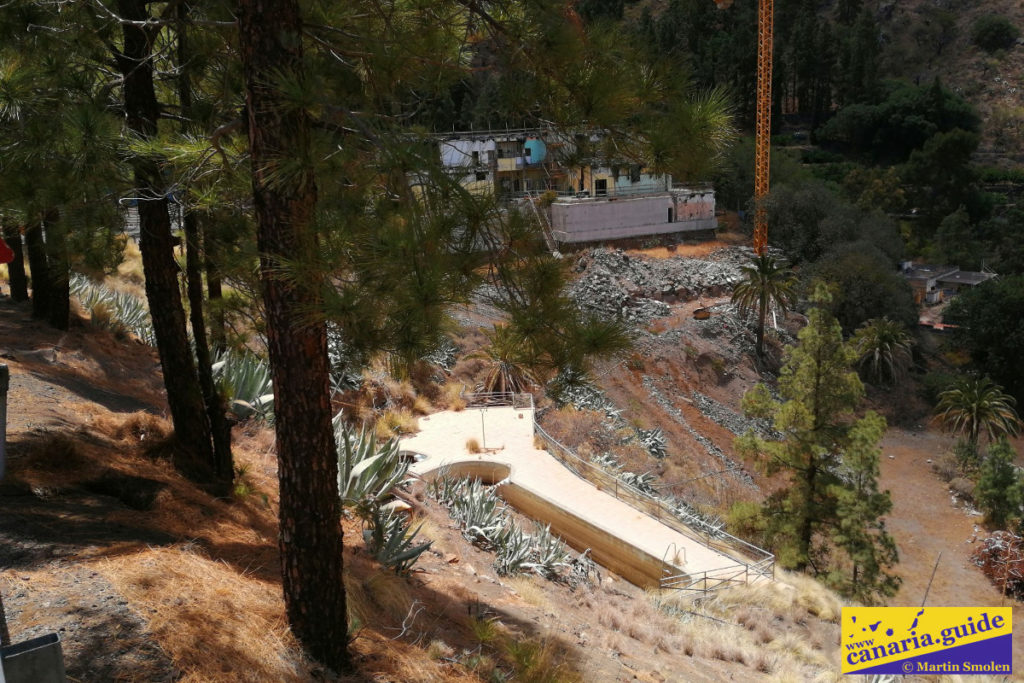Gran Canaria has been attracting tourists for almost 150 years, not only because of its pleasant climate and constant temperatures, but also because of the beneficial effects of the local mineral waters. Medical tourism dates back to 1868, when the first spas opened in El Barranco de Azuaje.
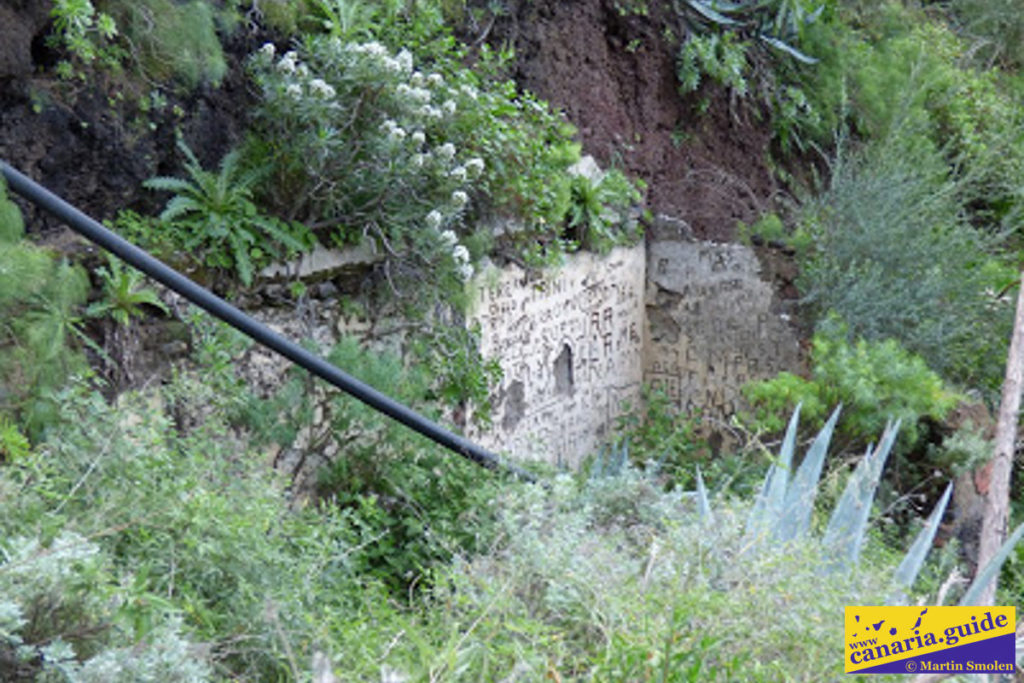
In the northwest of the island in the valley of Agaete at the end of 19th century have discovered other hot springs. According to local legend, the landowners in the valley sent a worker to clean the spring and the canal that brought water to the valley from mud. The worker had an unusual skin disease on his hands. However, his condition miraculously improved after contact with the mud.
Based on this finding, Antonio de Armas y Jiménez, one of the landowners in the valley, decided to finance the water analysis. The composition of the water in Agaete was identical to the water in the Azuaje Valley. It was so highly probable that its use could achieve good results in the treatment of skin diseases, similar to that in Balnerio de Azuaje.
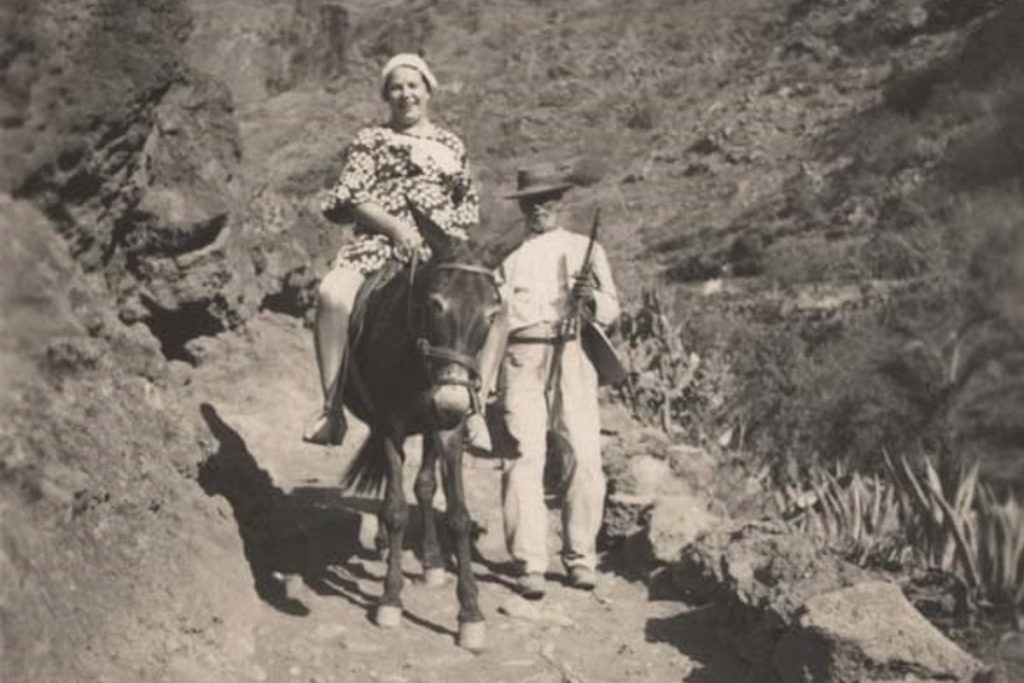
The first spa
Already in 1882, the first basic baths in the form of reservoirs were built next to the spring. Land in the area was rented by Juán Suárez García, a businessman from the nearby village of San Pedro. He and his family moved to the site and arranged some caves for housing.
The sources were mentioned in 1887 in her book “Tenerife and its Six Satellites” by the English traveler Olivia Stone. He cites “highly healing mineral waters” as one of the ten reasons to visit the area. The English writer Alfred Samler Brown also mentioned the sources in his tourist guide from 1898.
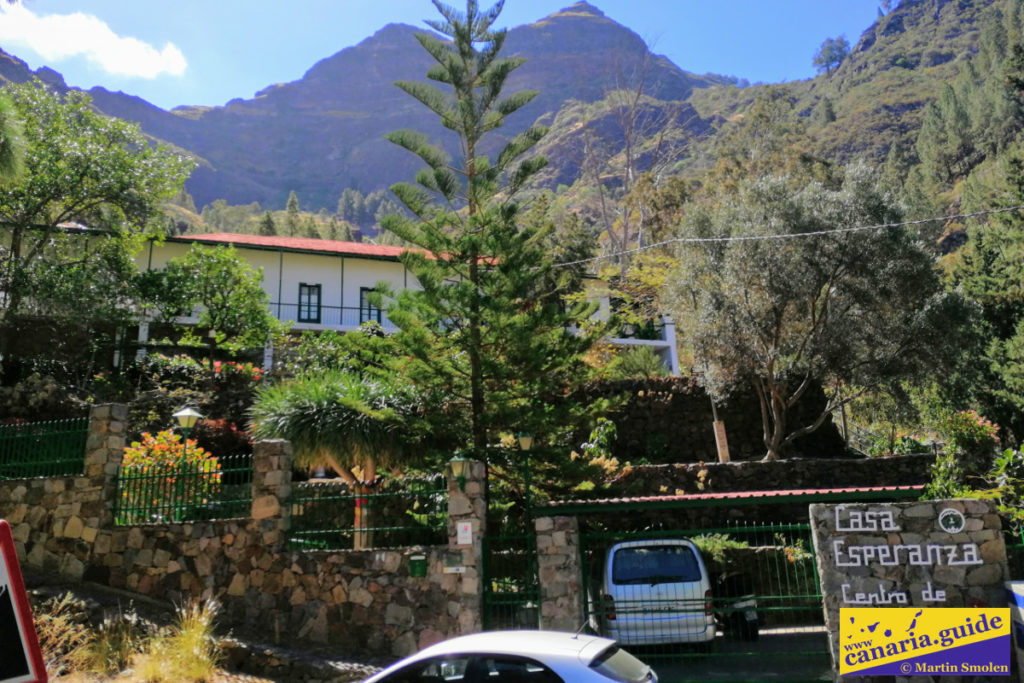
For a long time, the spa served more or less only the inhabitants of Agaete and nearby towns. Rapid development occurred at the turn of the 19th and 20th century, after the completion of the road from Las Palmas and the expansion of passenger transport between Gran Canaria and Tenerife from the port of Puerto Las Nieves in Agaete.

The news of the healing effects of iron water, which springs at a pleasant temperature of 23 ° C, began to spread very quickly. At the beginning of the century, during the bathing season, which was from May to October, an average of 40 people visited the spa every day. Due to the high content of sulfur gases, the rooms in which the baths were located did not have a ceiling.
The tragic year of 1912
The fateful moment for the spa was September 5, 1912 at 11 o’clock. Large landslides and the fall of rocks caused enormous material damage and injuries to many visitors in the spa. The season ended prematurely.

This situation was a big blow to the spa in Agaete. Immediately, therefore, the search for an alternative to the destroyed and dangerous place began. In 1914 Juán Suárez opened accommodation in new premises. In their place in 1921 Antonio Abad Ramos Medina began construction of the new hotel “La Salud”. The hotel opened in 1923 with 60 rooms, a large dining room, galleries and a chapel.
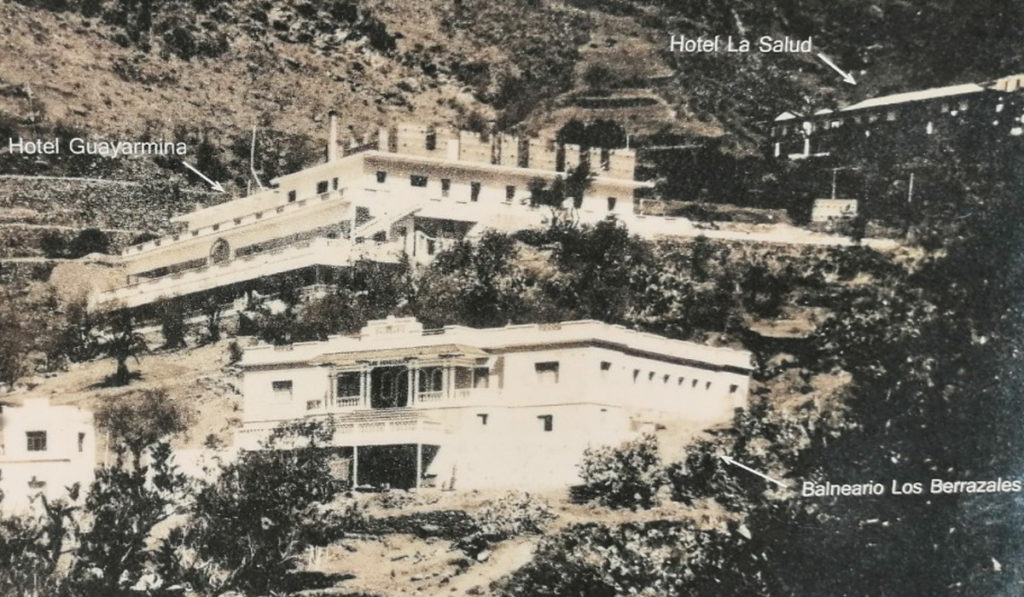
At the end of the 1920s, the spa was visited by up to 2,000 people a month. Due to the deficiencies found in the spa in Azuaje, the island’s director of health carried out an inspection trip to the Agaete valley in June 1928. Here, too, a number of shortcomings were confirmed and the provincial governor ordered the closure of the spa.
A new era
Due to disputes over the use of springs that have been ongoing between different landowners, the Ministry of the Interior has intervened in the process. On January 12, 1929, Interior Minister Martínez Anida issued a resolution designating the Armas family as the sole owners. At the same time, it allows the construction of new spas according to the project of the architect Massanet. The building was declared public benefit and the family had two years to build it. In 1931, the Armas family opened a new spa. There were 14 separate baths with healing water.
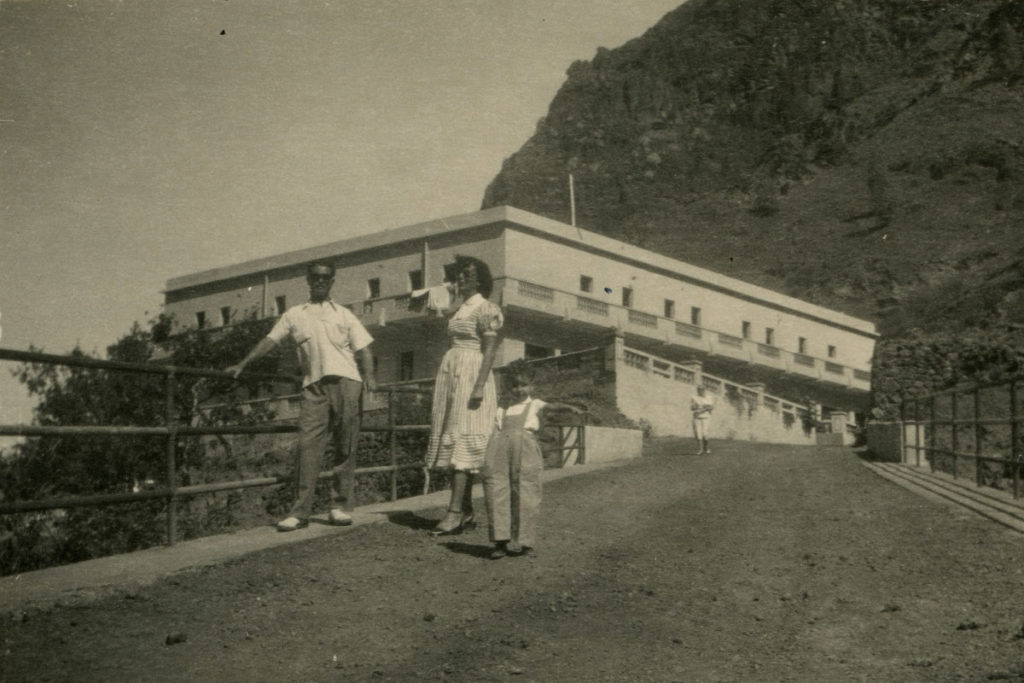
However, the Suárez family did not hesitate and built a new hotel “Princesa Guayarmina” above the spa. The hotel was inaugurated on September 15, 1933. The garden was connected directly to the spa and provided accommodation in 70 rooms. In the fifties of the last century, the hotel was expanded by another 10 rooms.
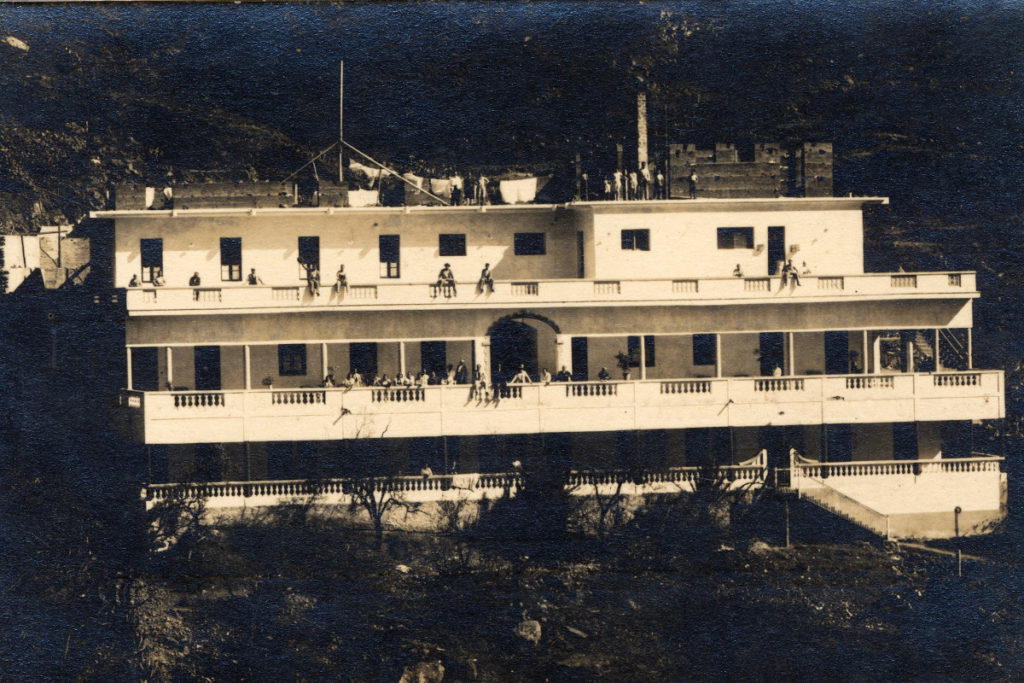
After the end of the Spanish Civil War, an asphalt road was built into the valley. The journey ended at the spa and hotel and marked the beginning of the golden age of medical tourism in Los Berrazales.

In the 1950s, Santiago de Armas Medina began selling bottled mineral water. From the beginning, he sold several thousand bottles a year. He therefore turned to the Directorate-General for Mines to legalize the bottling of water.
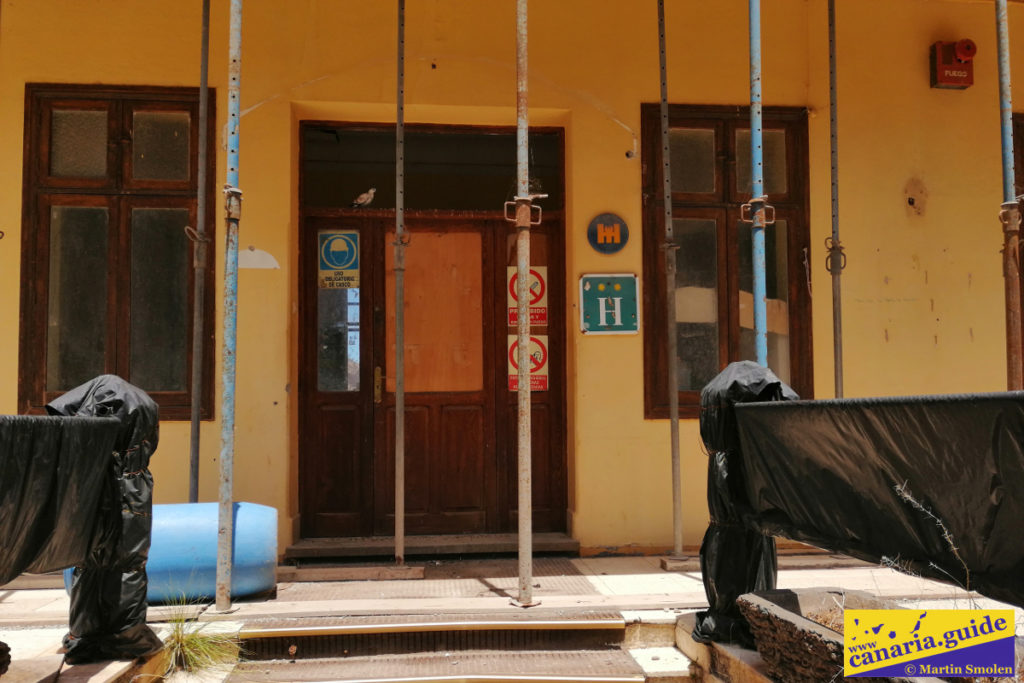
On November 10, 1955, he obtained a license to fill mineral waters from the Berrazales spring into bottles with a maximum of 500,000 bottles per year. A mineral water filler grew next to the spa.
The end of the spa
The gradual reduction in the yield of the spring eventually forced the closure of the spa. Only the filler remained in operation. However, this also ceased its activities in the mid-1990s. According to the witnesses, the water from the spring was lost from day to day. The popular mineral waters “Aqua de San Roque, Agua de Agaete and Cumbres de Gáldar” have become a thing of the past.

The gradual decline and closure of the spa also affected the “Princesa Guayarmina” hotel. It continued its activities gradually only with sporadic leases until the complete closure of 2006.
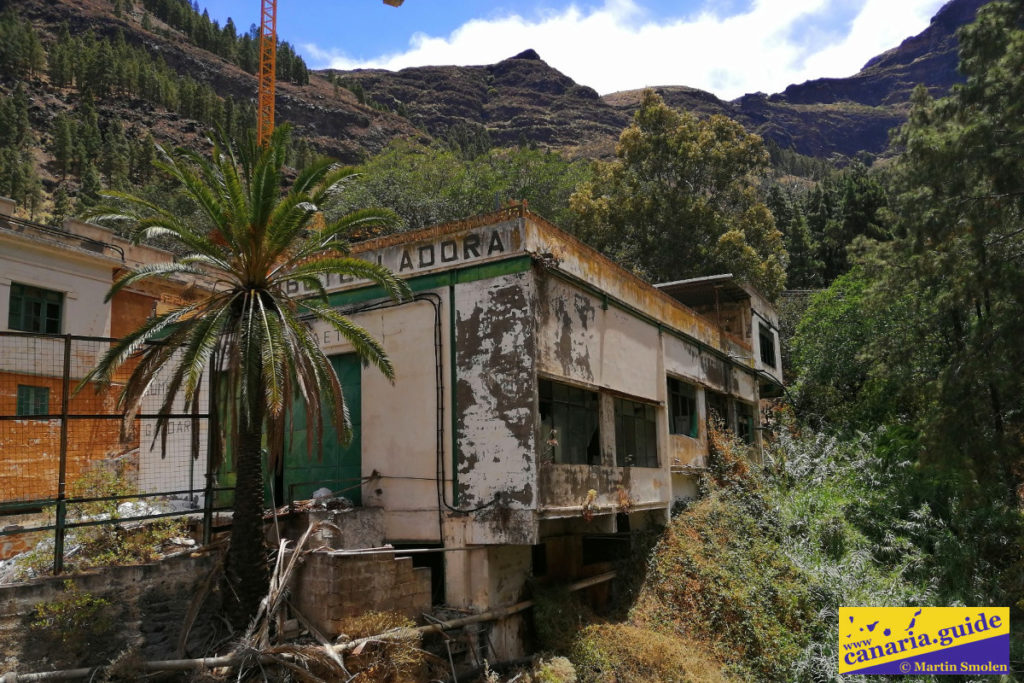
The hotel is currently undergoing renovations. The city of Agaete would like to restore the original area and find a use for health tourism. The reconstruction itself has been going on for 10 years, and when you look at the hotel building, you tend to feel that its condition is deteriorating. We will see that perhaps the Berrazales Spa will suffer a better fate than the Azuaje Spa and will once again begin to welcome its guests, albeit without a healing spring.
Did you like this article, was it useful to you? You can also support the creation of this website by sending any amount to ES08 0049 5735 1122 1616 5370, swift BSCHESMM. Include “Canaria Guide Support” in the note. Thank you for supporting.
